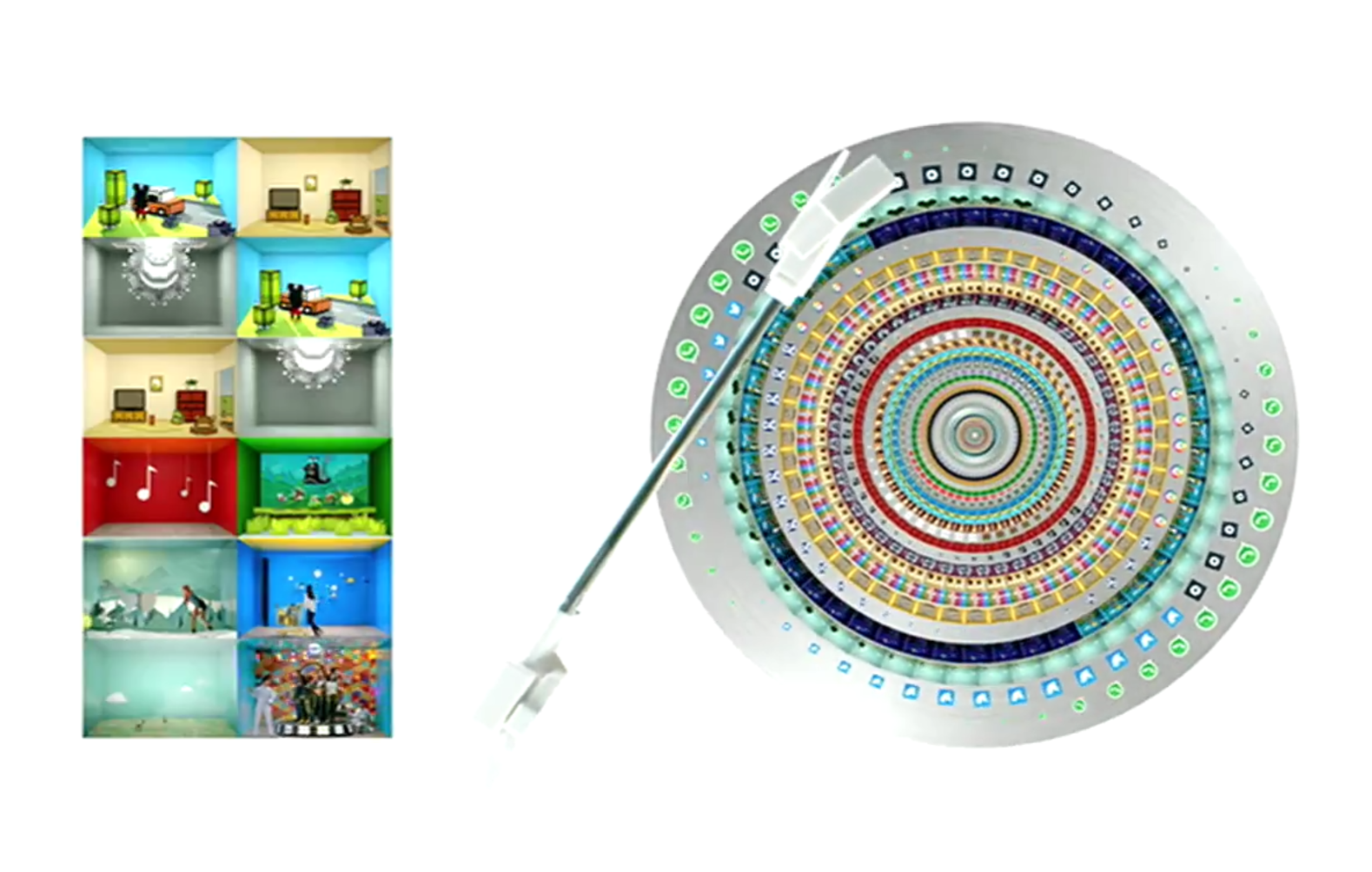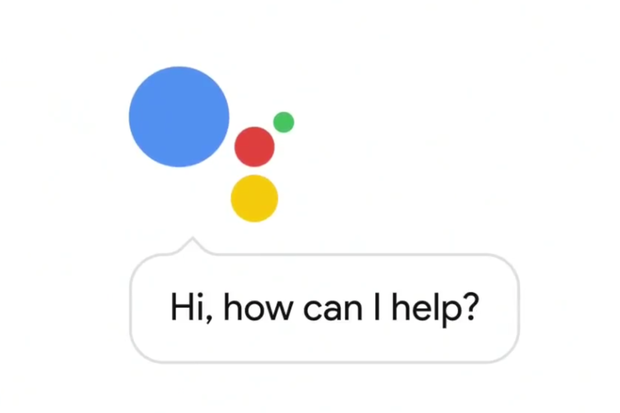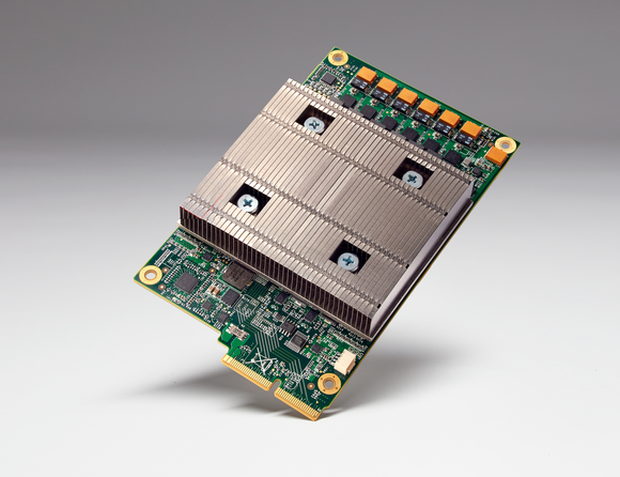
’s annual I/O developer conference is always good for a spectacle, I/O 2016 was no different. The show kicked off with musicians dressed in medieval garb sting in giant towers, creating haunting music by sliding their fingers over meters-long wire. By the time it was done revealed everything from super-intelligent conversational AI to an Android-powered VR platform to a custom-made processor that ostensibly advances Moore’s w by seven full years.

’s finally interweaving the deep treasure troves of information it holds about the world at large you, specifically. Assistant is a conversational digital assistant built around the company’s strengths in deep learning natural language recognition, summoned at an utterance of “Ok ” to respond to any queries you may have. It can underst context depending on the topic at h, too: Holding your camera at a famous sculpture asking “o designed this?” will get an answer, as will queries like “Show me his other movies” after asking something like “o directed The Revenant?”
That’s just the tip of the iceberg, though. Assistant will be able to play music playlists, file reminders, help you buy movie tickets, a whole lot more. Interestingly, it doesn’t appear to be a discrete app; instead, it appears tied to be baked right into -y gadgets, in what CEO Sundar chai calls “an ambient experience that extends across devices.” Think of it as a supercharged version of Now, mixed with Amazon’s exa. Speaking of which…

’s rolling out an Amazon Echo-like avatar for Assistant in your home, dubbed (appropriately enough) Home.
The device taps into Assistant’s cloud-based smarts to let you enjoy music entertainment throughout your house, set alarms, manage shopping lists, ask what you want to know, manage smart home devices like Nest, more. ’s so confident in its natural language capabilities that Home doesn’t feature any buttons whatsoever; if you want to use it, you’ll need to talk to it.
Home will offer several bases in custom colors (all the better to match your décor) when it launches this fall alongside Assistant.

Image by
’s rolling out a pair of interesting new messaging apps too, because simply slotting new features into Hangouts is apparently too much to ask for.
Beyond simple chatting, lo blends in Inbox’s Smart Replies feature to offer quick auto-response suggestions that you can blast off with a single tap, intelligently crafted based upon the messages you’ve received. (The image above shows some examples at the bottom of the app.) You can use it to chat with Assistant to perform tasks like making restaurant reservations, too.
Duo, meanwhile, is a video calling app based around the bRTC QUIC web codecs. It monitors your network situation to work well even on shoddy connections. The most interesting part is Duo’s “Knock Knock” feature, which shows you a live video stream of the caller before you accept the connection. And by “interesting,” I mean “sounds like a flasher’s wet dream.”

Of course, it wouldn’t be I/O without a new version of Android. The thing is, previewed Android N earlier than usual this year, it didn’t have many additional new Android N features on display at I/O. Our previous look at all the new things coming to Android N can catch you up on what to expect when the final release launches later this summer.
One cool tidbit: ’s holding a content to let the public vote on what the “N” in Android N sts for. Another cool tidbit: You can download the Android N Developer eview 3 right now to try out the new goodies yourself, including the lone blockbuster Android N reveal from I/O…

Move over, Samsung GearVR. ’s moving beyond Cardboard alone to bring a more premium virtual reality experience to Android, dubbed Daydream.
Daydream’s composed of several parts. ’s baking “VR Mode” directly into Android N, with a notification system built for VR along with software tweaks to ensure sub-20-millisecond latency, which is crucial for avoiding nausea. Daydream also requires phones with potent processors displays with fast response times, so ’s introducing a new “Daydream-ready” certification for phones that meet those stards.
Finally, Daydream moves beyond Cardboard with custom VR hardware, most notably a headset that presumably packs extra hardware like the GearVR, as well as a motion-sensing controller. ’s created reference designs of each that it’s sharing with hardware partners. Overall, Daydream’s hardware software design seems to largely rip off the Oculus Rift’s style.

’s working on letting you enjoy more Android apps with less hassle. In a sneak peek at a feature rolling out some time in the next year, showcased “Android Instant Apps” that open on your phone even if you don’t have them installed. The secret sauce? Instant apps are split into separate internal modules, your phone loads only the part it needs. Think of it sort of like the website-ification of mobile apps.
Developers will need to modularize their apps to work with the feature, however, which says can take less than a day of work. Once they do, support will be fairly widespread—instant apps will work with all Android phones running the older llybean OS on up.

Software? ah! ’s making its own deep-level hardware now, in the form of a “tensor processing unit” that advances Moore’s w by a whopping seven years, the company claims.
Intel AMD have nothing to fear, though. ’s T isn’t a competitor to traditional computer processors. Instead, it seems to be an application-specific integrated circuit—a hard-coded piece of hardware designed to do a specific task really, really well, as opposed to the overall versatility of Cs. ’s Ts are ASICs created to bolster the machine learning tasks underpinning so many of ’s various features services.

It didn’t make it into the keynote, but Android Auto’s receiving one hell of an upgrade. ile prior versions of the in-car software required specific integration by automakers, ’s updating the Android Auto app to work in any car. It’ll run directly on your smartphone; just slap it in a dashboard mount you’re ready to rock. Groovy.
Android Auto’s also wrapping in ze traffic navigation, in a “what the heck took so long?” move. ’s additionally adding support for AM/FM radio, HVAC, Bluetooth calling media streaming, multi-channel audio, digital instrument clusters in Android N’s Android Auto, open-sourcing the code so that car manufacturers can add even more.
Check out our hs-on with the new Android Auto to see all the goodies in action.

-y smartwatches will get a big upgrade, too. Android ar 2.0 will add all sorts of new features, including automatic detection of exercise; the ability to add at-a-glance information from apps; smart replies, a new keyboard, hwriting detection for easier conversations; the ability to connect directly to the Internet, rather than be forced to tether to a smartphone. That last tidbit should make Android ar watches much friendlier for folks who want to tap into the new exercise detection.
The Android ar 2.0 beta is out for developers now, with a consumer release targeted for some time later this year. went hs-on with Android ar 2.0 if you want to see it in action.

’s Apple y rival didn’t make the keynote either, but it still received some noteworthy new tweaks. Android y will work with Bank of America ATMs going forward. also revealed a bevy of new As to let you use Android y on the web, use it to enroll in loyalty programs with retailers like lgreens, hopefully see it directly inside your bank’s own app.

Finally, Chromebooks are continuing their shift away from being pure web-browsing machines— fueling continued rumors about a supposed ChromeOS-Android merger. After rolling out in limited capacity in the past, it appears Android apps are invading Chromebooks en masse now, with full ay Store support (though has since changed the name of the developer session after it was discovered by the press).
I’m not sure if that’s a good thing or a bad thing. Android apps aren’t optimized for computer screens, a big part of the allure for Chromebooks is their simplicity. But it’ll be a thing, regardless.














